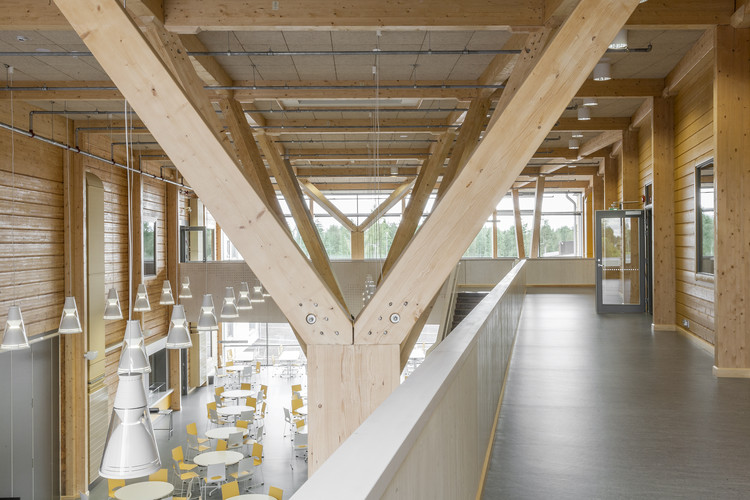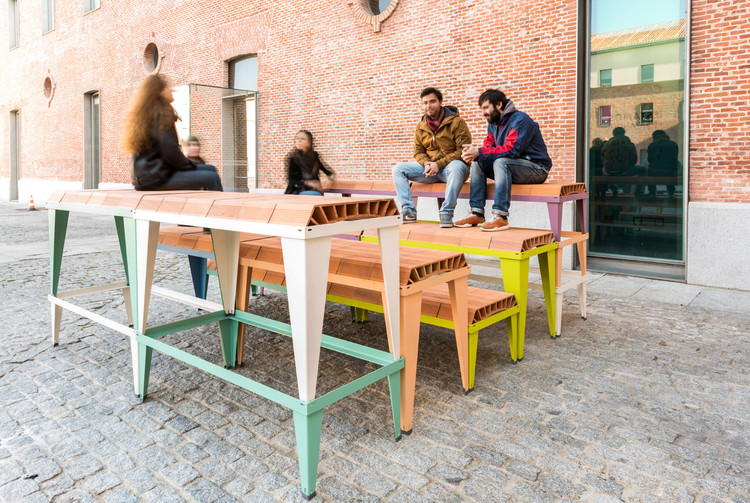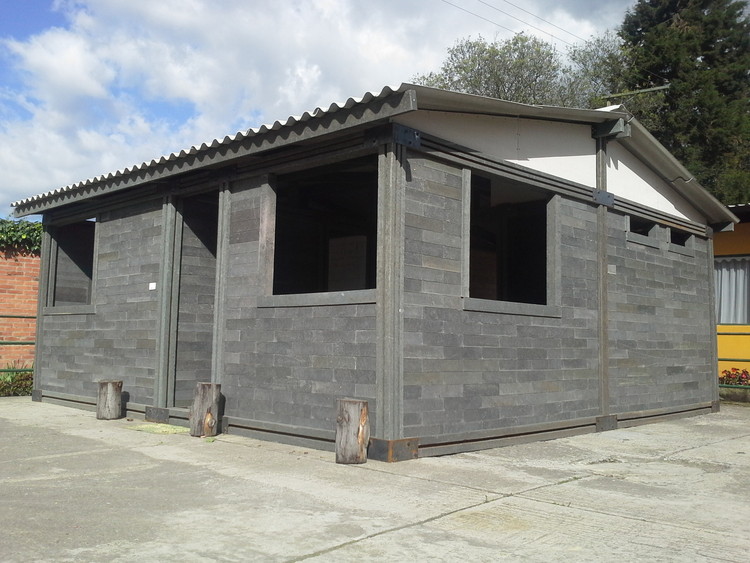
The Parthenon, unquestionably the most iconic of the Ancient Greeks' Doric temples, was built between 447 and 432 BC. Located on the Acropolis in Athens, for many architects, it is one of the first buildings we analyzed when beginning our studies. Designed by Ictino and Calícrates, it displays a unique repertoire of architectural elements that can be fully appreciated individually, or for the role they play in forming a complete and magnificent whole.


















